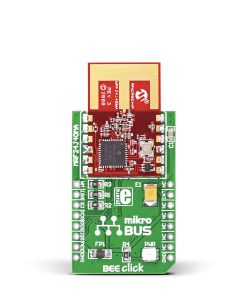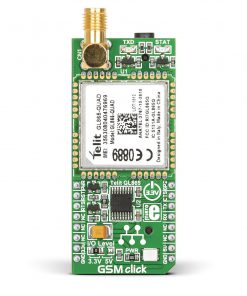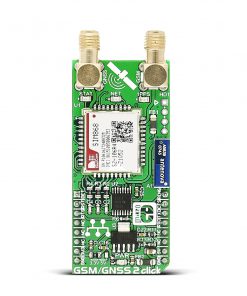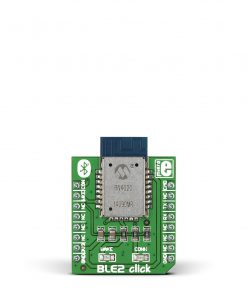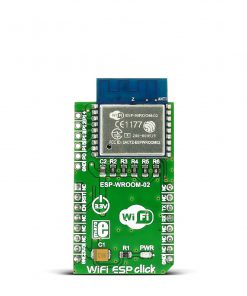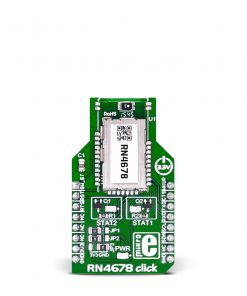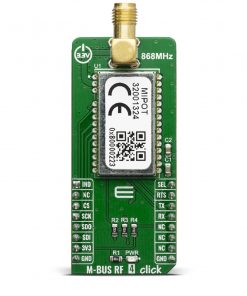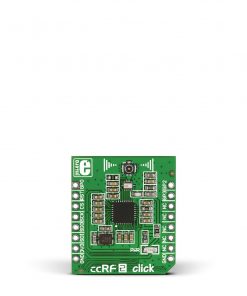Subtotal: R1,350.00
LTE IoT 15 Click
R1,600.00 ex. VAT
LTE IoT 15 Click is a compact add-on board designed for reliable LTE-M and NB-IoT connectivity in IoT applications. It is based on the LEXI-R520, a multi-band LTE-M/NB-IoT module from u-blox, built on the UBX-R52 chipset. Optimized for low power consumption, it supports deep-sleep modes (PSM and eDRX) and operates across multiple LTE bands, ensuring global compatibility. The board features UART and USB Type C interfaces, hardware flow control, power and reset buttons, status LEDs, and an SMA connector for an LTE antenna. Ideal for asset tracking, wearables, smart metering, remote monitoring, and connected healthcare, the LTE IoT 15 Click provides a reliable, low-power wireless communication solution for diverse IoT applications.
LTE IoT 15 Click is fully compatible with the mikroBUS™ socket and can be used on any host system supporting the mikroBUS™ standard. It comes with the mikroSDK open-source libraries, offering unparalleled flexibility for evaluation and customization. What sets this Click board™ apart is the groundbreaking ClickID feature, enabling your host system to seamlessly and automatically detect and identify this add-on board.
Stock: Lead-time applicable.
| 5+ | R1,520.00 |
| 10+ | R1,440.00 |
| 15+ | R1,360.00 |
| 20+ | R1,308.80 |

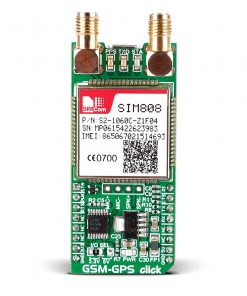 GSM-GPS Click
GSM-GPS Click 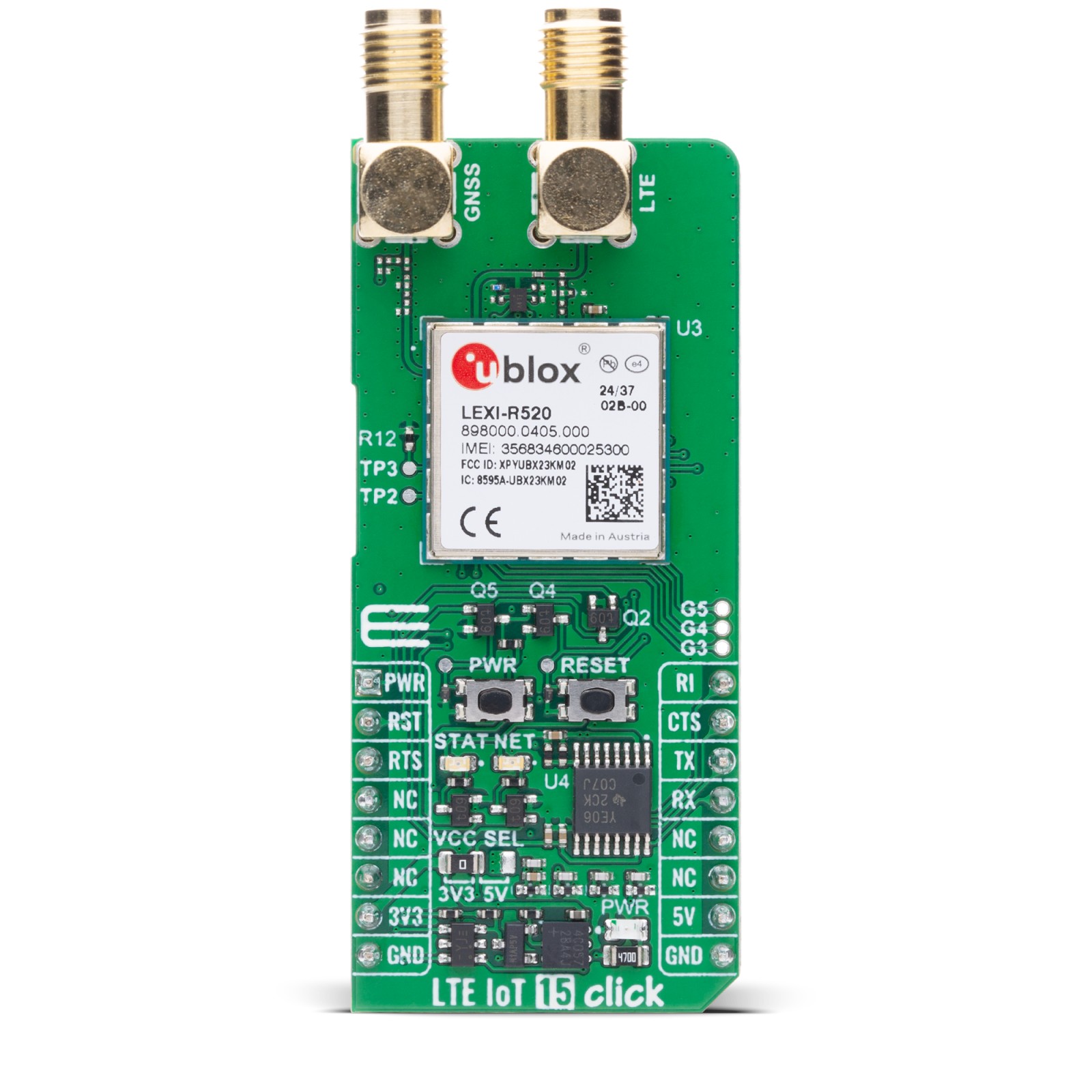
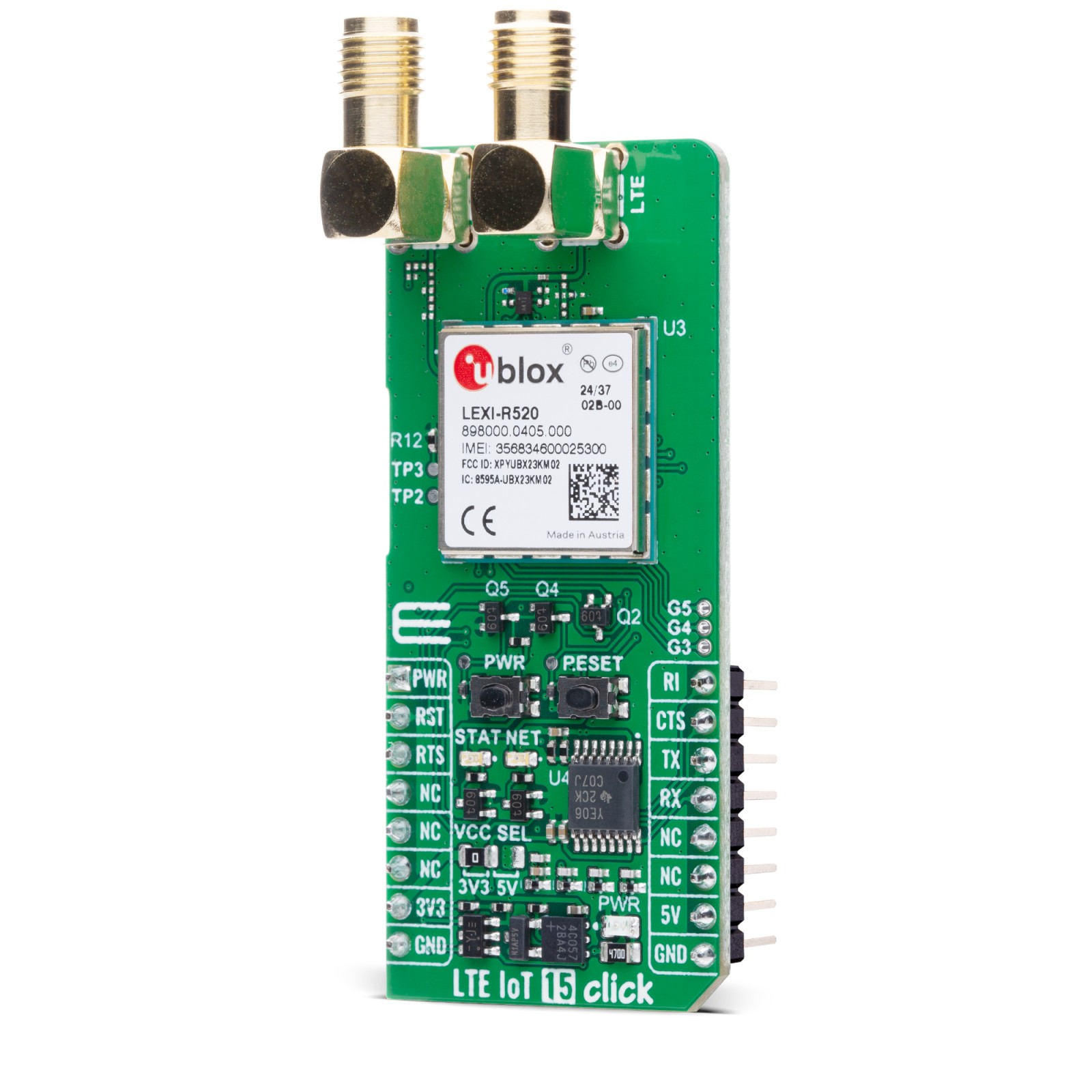
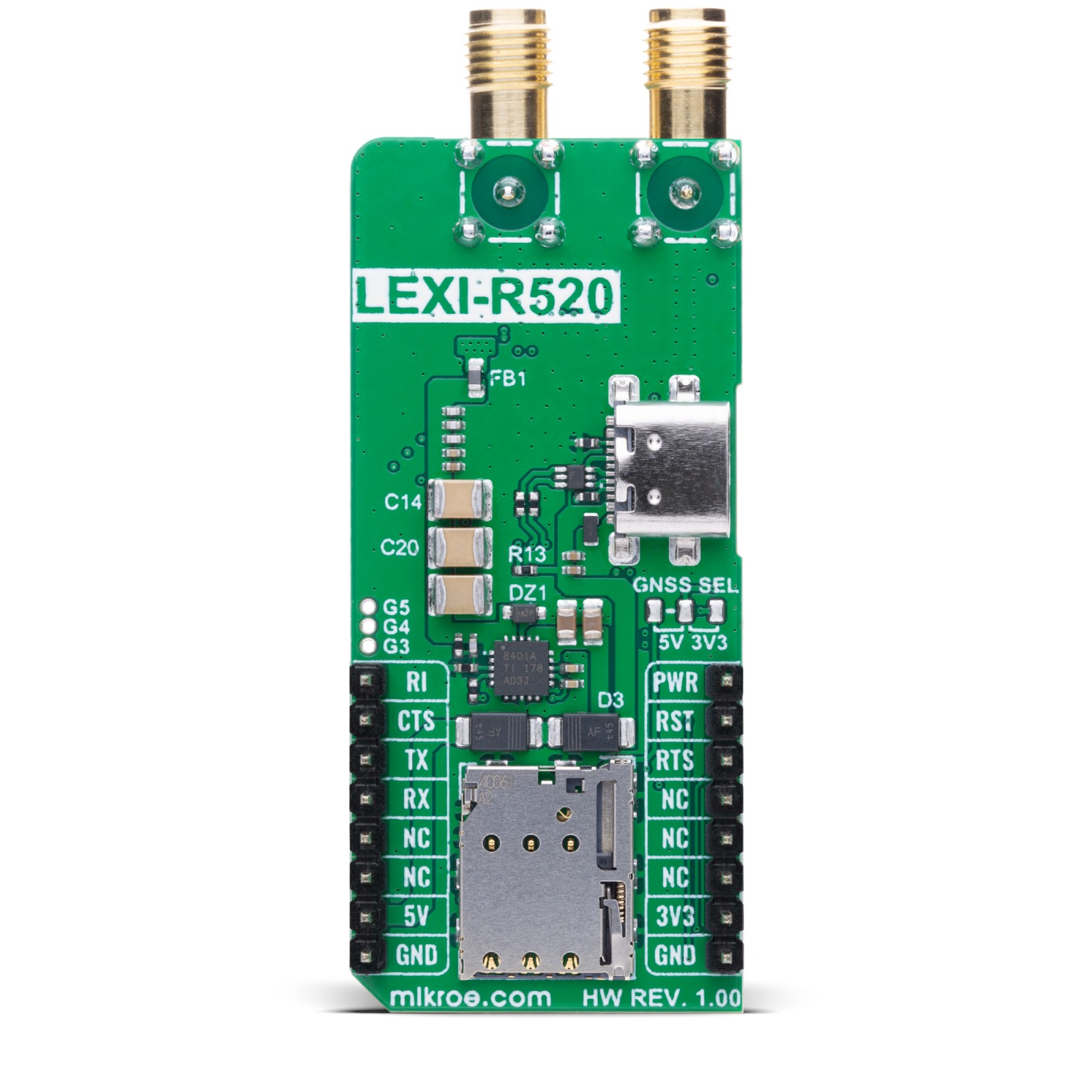
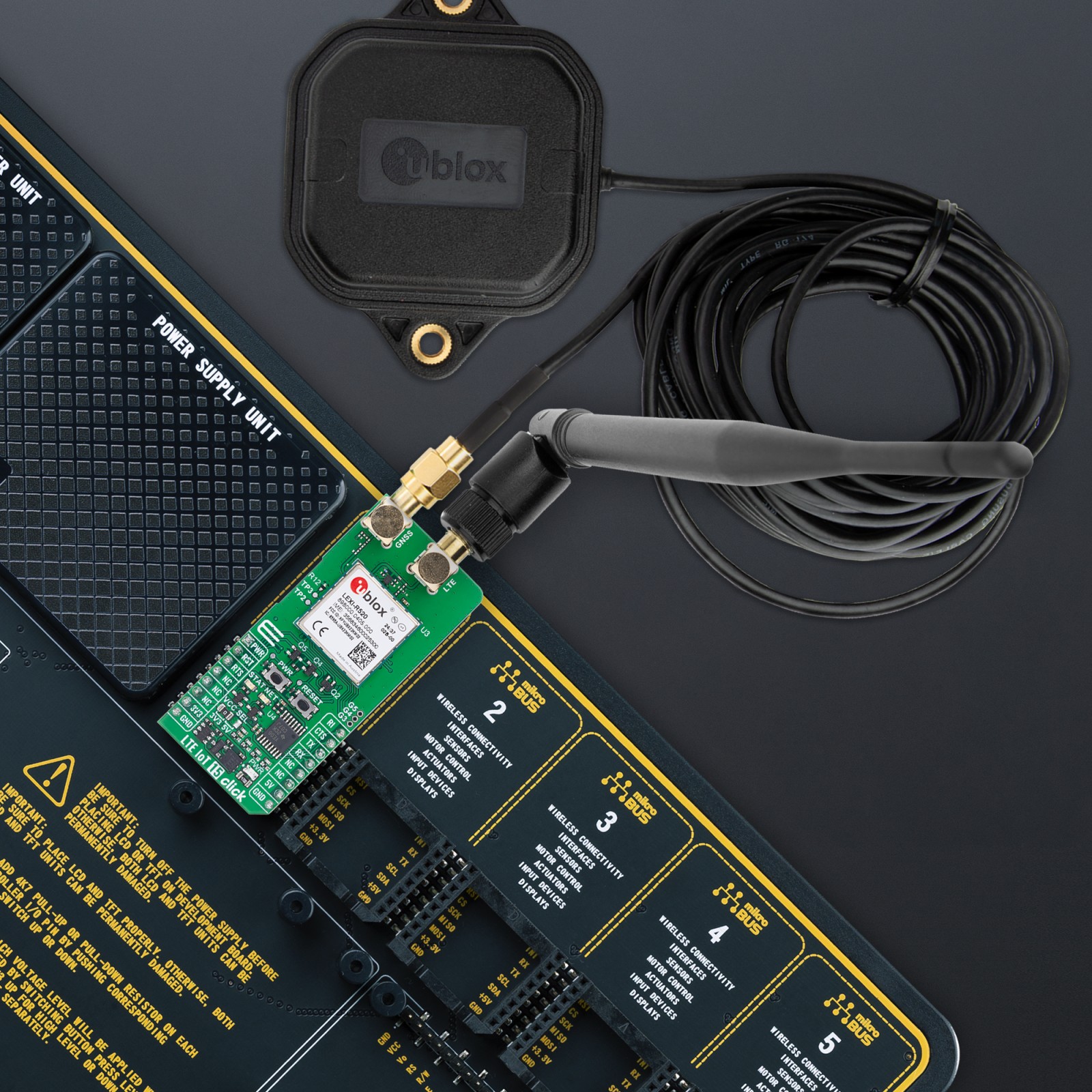
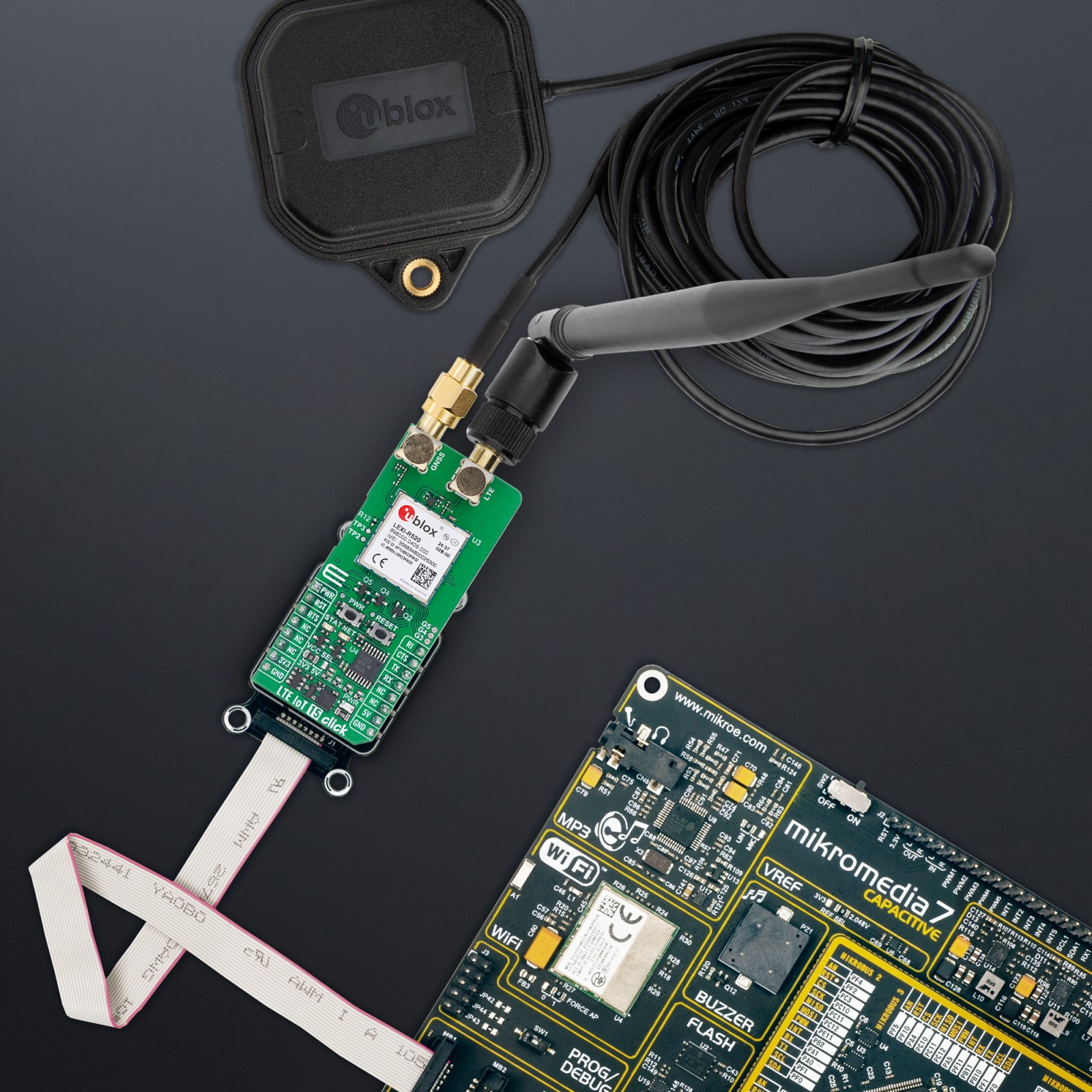
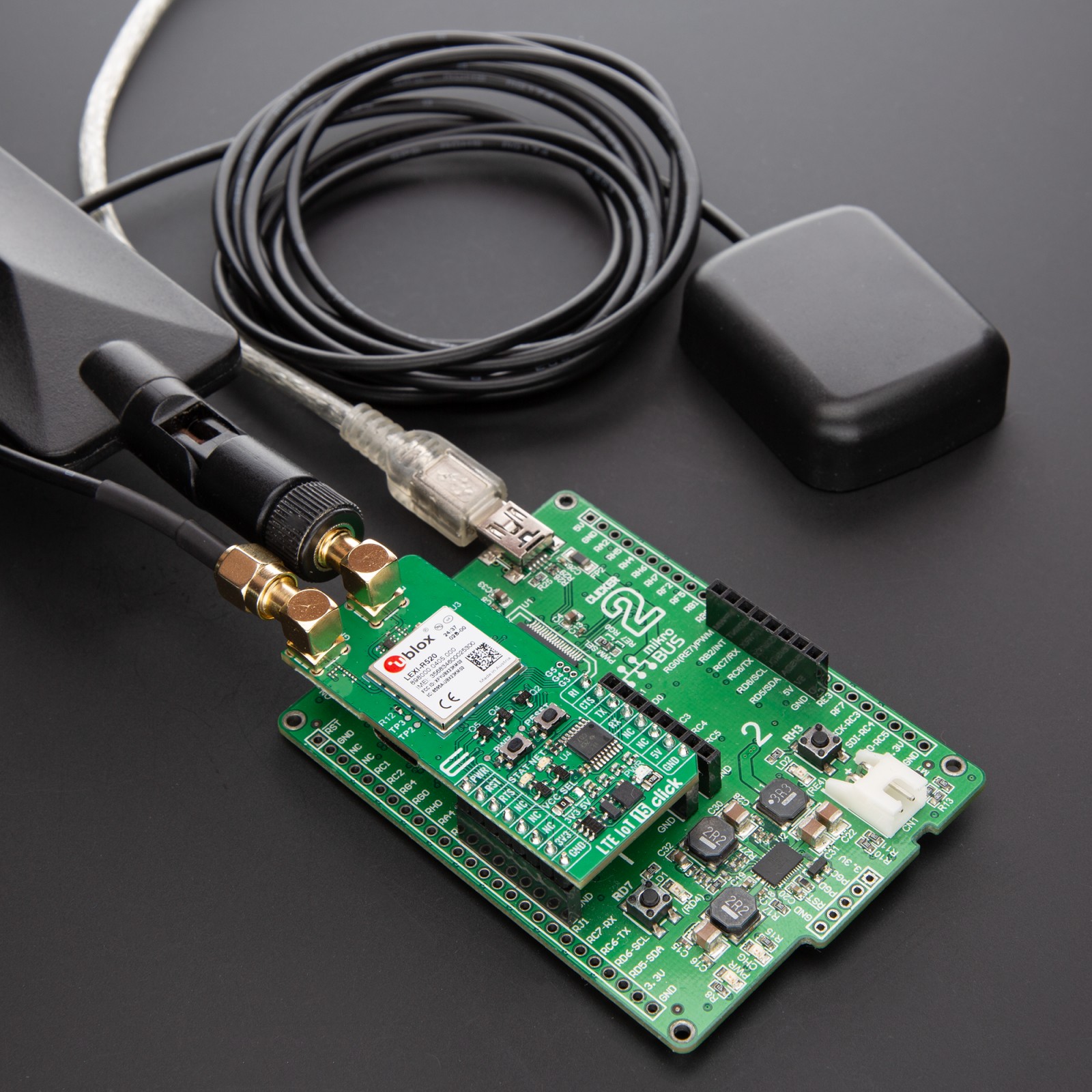
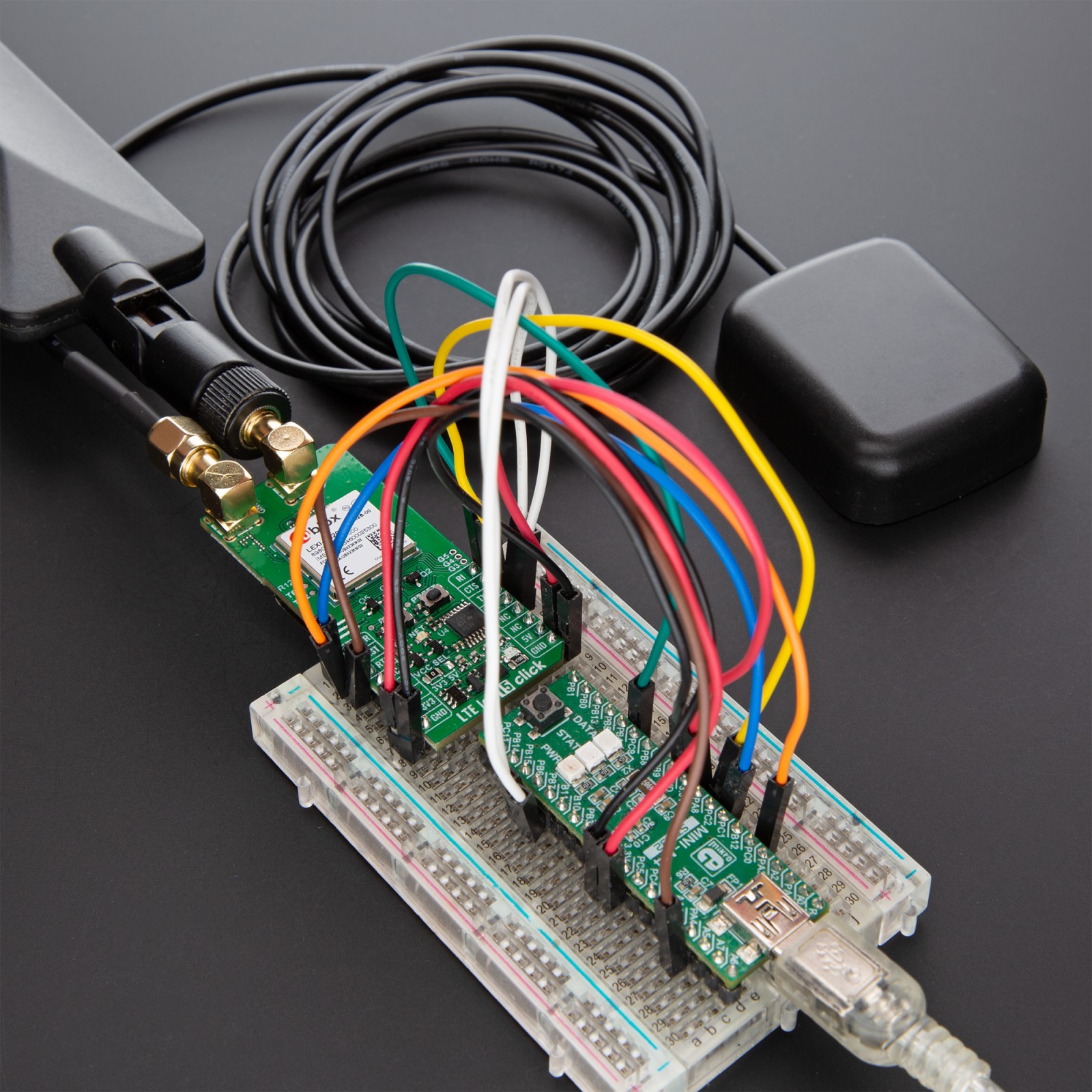
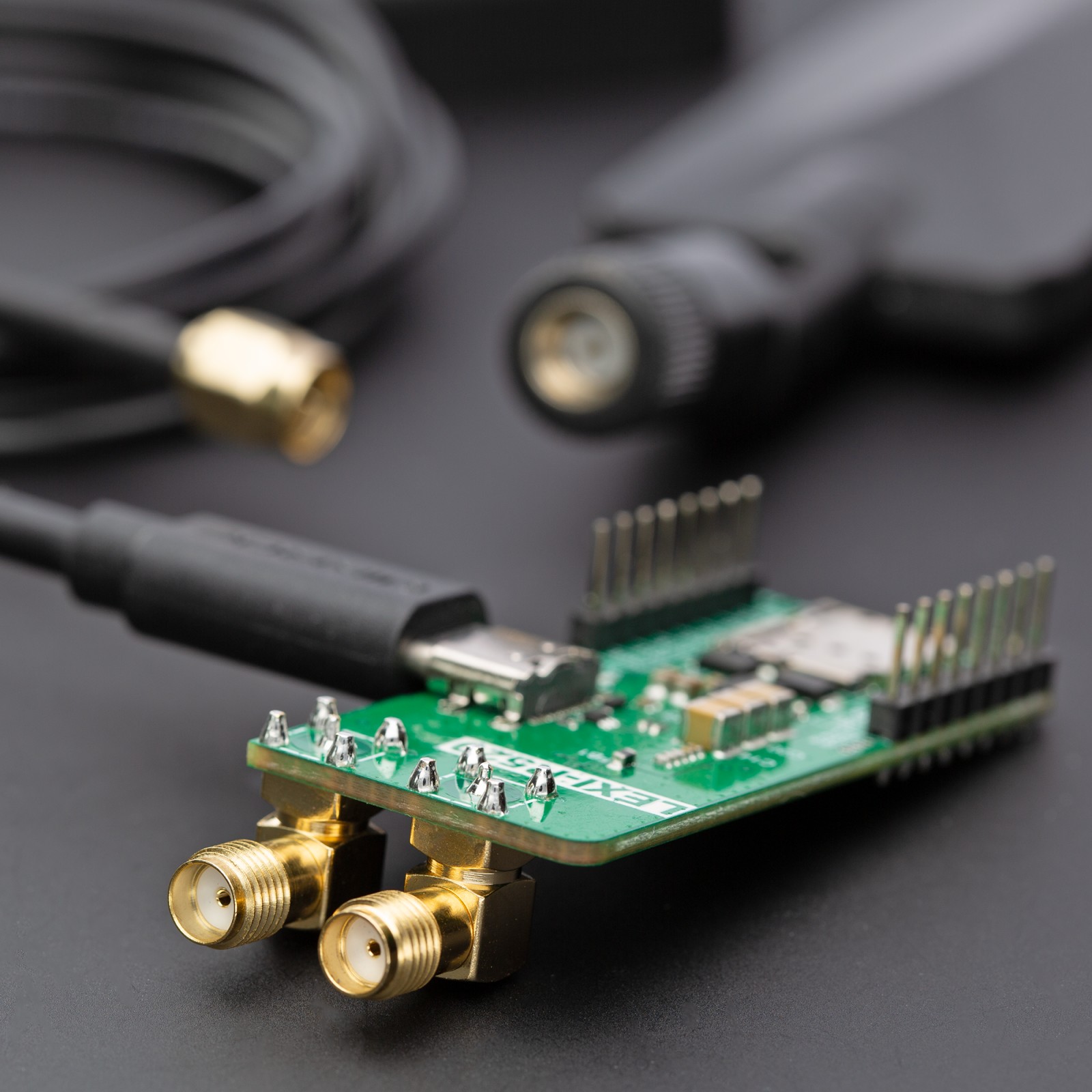
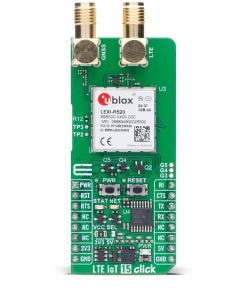
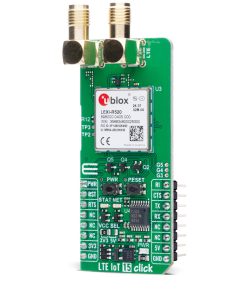

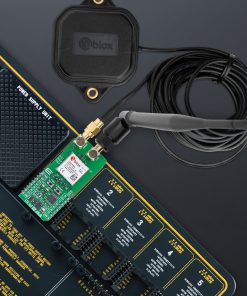
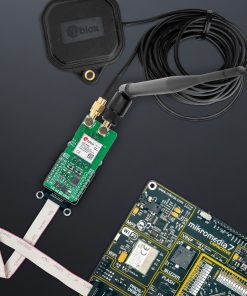
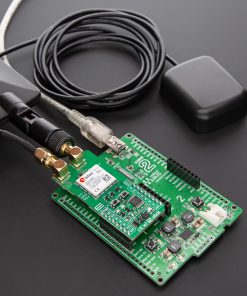
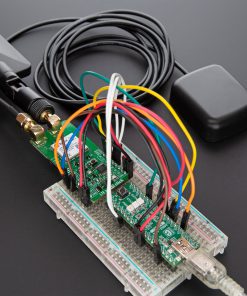
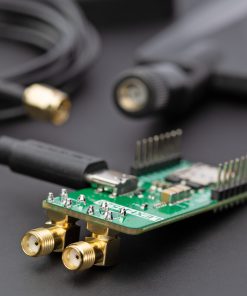
.jpg)

